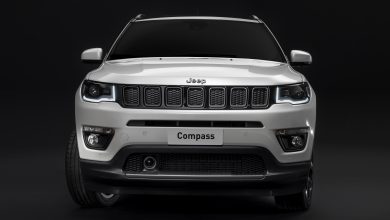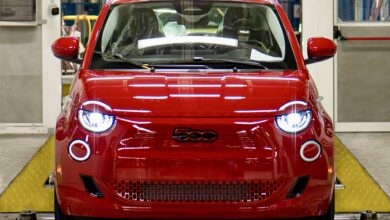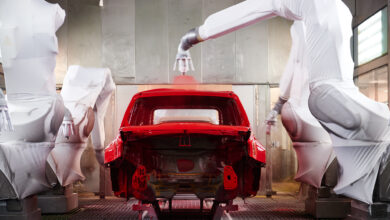Windsor’s NextStar Energy Battery Plant Reaches 30% Completion
NextStar Energy Joint Venture Will Provide 40% of Stellantis’ EV Power In North America...
NextStar Energy marked a significant milestone in the construction of its new electric vehicle (EV) battery plant in Windsor, Ontario, with a celebratory “Topping Out” ceremony. The event commemorated the installation of the last structural steel beam and gathered local trades employees for beam signing, team photos, and appreciative words from NextStar Energy leadership.

Progress on the colossal 4.23 million square foot NextStar Energy joint venture EV battery plant, in collaboration with Stellantis and LG Energy Solution, is advancing at a rapid pace. At 30% completion, the plant’s construction, handled entirely by a 100% Canadian crew comprising 950 skilled craft workers, remains on schedule. Anticipated to commence operations in the first half of 2024, the initial phase will focus on battery modular production.
The construction journey began in August 2022, witnessing phases like site clearing, mass grading, and foundational activities. The Module Building, the first of two primary structures, has completed its structural steel installation and is now fully enclosed, with equipment installation underway since last week. Meanwhile, the Cell Building, the second major edifice, nears the end of structural steel erection and has achieved approximately 40% enclosure.
Danies Lee, CEO of NextStar Energy, remarked, “The community witnesses this historic structure taking shape as we approach the final stages of construction, gearing up for the installation phase. Our gratitude extends to neighboring businesses and residents for their patience throughout this process.”

The project’s realization involves up to 3,200 tradespeople and equipment installers (1,600 for construction and 1,600 for installations), with 2,300 positions filled by Canadians. Presently, Canadian construction tradespeople have contributed nearly 1,600,000 labor hours, a substantial portion of the estimated 6,800,000 total hours projected for construction—an equivalent of 776 years.
Upon completion, this pioneering facility will stand as Canada’s premier large-scale domestic electric-vehicle battery manufacturing plant. Boasting an annual production capacity of 49.5 gigawatt hours (GWh), up from the initially planned 45 GWh, the plant is expected to generate around 2,500 new employment opportunities in Windsor and surrounding regions.
NextStar’s focus lies in producing cutting-edge lithium-ion battery cells and modules, catering to about 40% of Stellantis’ electric-vehicle production requirements in North America. Aligning with its Dare Forward 2030 strategic plan, the company aims for electric vehicles to constitute more than half of its U.S. and Canadian sales by the decade’s end.

The plant’s footprint spans an impressive 4.23 million square feet, encompassing ancillary structures equivalent to roughly eight Rogers Centre stadiums in Toronto.
Overseen by Alberici-Barton Malow (A-BM) JV, comprised of Alberici and Barton Malow, the construction continues its stride toward the envisioned completion.






7 replies
Loading new replies...
Join the full discussion at the Mopar Insiders Forum →